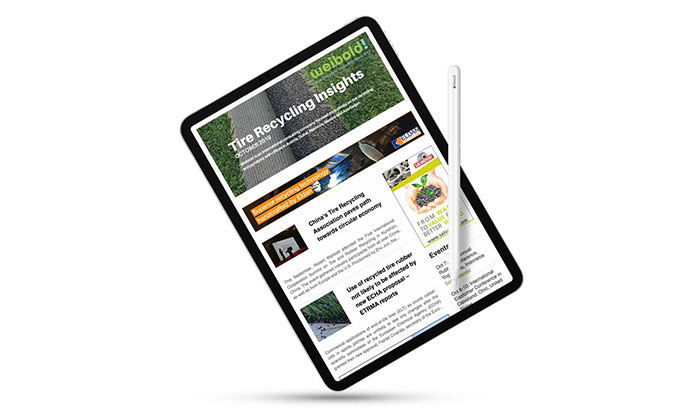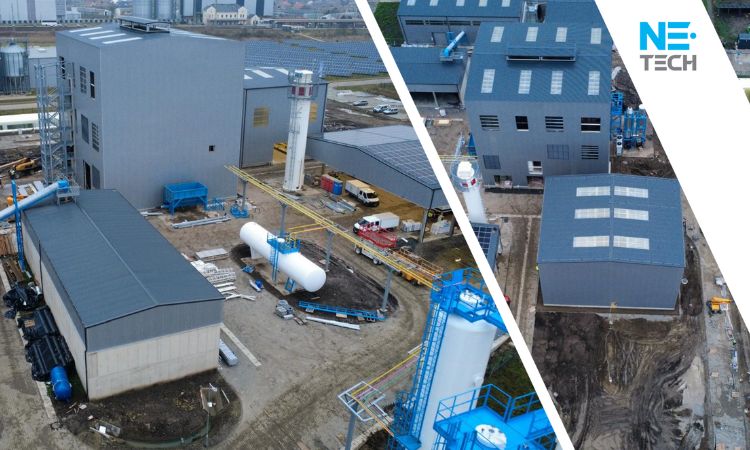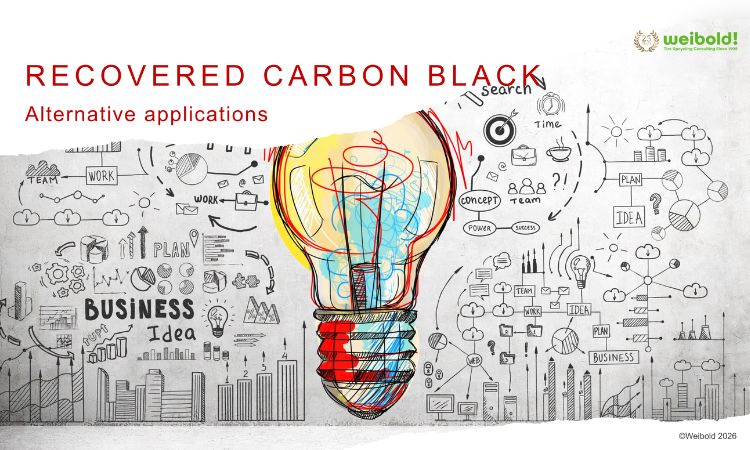Australia to build circular economy for end-of-life tyres in the Northern Territory
According Tyre Stewardship Australia (TSA) – Australian end-of-life tyre recycling and management authority – the country's Northern Territory recovers only 12% of its used tyres, compared to a national recovery rate of 72%. That’s 4,300 tonnes of used tyres buried in pit, landfilled, stockpiled or illegally dumped each year.
Tyre Stewardship Australia CEO Lina Goodman says, “the Northern Territory’s unique features make it an ideal testing hub, however it is also a challenging place to recycle and recover the valuable resources from its used tyres.” A recent report commissioned by TSA, “Tyre Recycling in the Northern Territory” outlines solutions that could significantly increase the recovery of tyres that reach their end-of-life in the Northern Territory.
On the back of this report, TSA lead a discussion with representatives from state and local government, peak bodies representing the agriculture, mining and transport industry, as well as civil construction businesses and the Australian Flexible Pavement Association.
“There was a strong indication from industry that they wanted to invest in and use tyre derived material in roads and other civil construction in the Northern Territory. But they need confidence that the Territory Government will commit to reducing the barriers currently stopping them from investing and creating jobs in the NT,” said Goodman.
The group agreed that the following actions are required to increase the use of tyre derived material in roads and civil construction in the Territory:
- Changing road specification to allow for the use of tyre-derived material, already happening across Australia and globally.
- Improving road contract scheduling, providing road and civil contractors the certainty of appropriate contracting periods, creating the confidence to invest in new technologies using tyre derived material.
- Specifying the procurement and use of recycled rubber material in road construction and public works.
- Supporting investment across the tyre value chain.
An estimated 90% of off-the-road tyres are buried in-pit or stockpiled at mining sites when they reach end-of-life, the TSA commissioned report also calls out the importance of changing this practice for the Territory.
“Changing on-site mining behaviour away from burying or stockpiling OTR tyres creates the volume needed to make all tyre recovery economically viable in the Northern territory,”
“This, in turn, will encourage investments in processing equipment, technologies and market development,” noted Goodman.
Report "Tyre Recycling in the Northern Territory" | Source: TSA.
Burying tyres in-pit on mining sites is legal with the appropriate state-based Environment Protection Authority licence. It also delays the cost of resource recovery, passing it on to future generations, and denies the market sufficient volume of tyres to attract investment in used tyre collection and resource recovery.
Tyre Stewardship Australia will continue to partner with industry and government, advocating for the changes needed to improve end-of-life tyre resource recovery in the Territory, and for the use of tyre derived material in road, civil construction and other end markets.
Goodman called on all levels of government to step up, “It’s a no-brainer. There are quick fixes that government can make now that will have a massive positive impact on using used tyres to make high performing roads and civil infrastructure in the NT, such as changing road specification and contract scheduling. It’s already well-established practice in other states, creating local investment and jobs using old tyres that would otherwise just be a pile of dumped waste.”
“Nothing beats the determination of Territorians, combined with the expertise of industry and real-world examples from across Australia.”
“I am confident that together we can find more sustainable outcomes for NT’s used tyres – away from landfill and illegal dumping and into roads, infrastructure, and more.” Goodman concludes: “A regulated stewardship scheme would expedite tyre recycling in the Northern Territory. For now, we rely on Territorians to step up and work together to find better outcomes for their old tyres.”
Background on Tyre Stewardship Australia
- Established in 2014 to implement the national Tyre Product Stewardship Scheme (TPSS), an ACCC-authorised industry framework to reduce the environmental, health and safety impacts of the 56 million Equivalent Passenger Units (EPUs) which reach their end of life in Australia each year.
- TSA is a voluntary national product stewardship scheme formed to effectively reduce the environmental, health and safety impacts of end-of-life tyres and promote the development of viable end markets for tyre derived products.
- TSA’s vision is of a circular economy for end-of-life (EOL) tyres which contributes to a sustainable society.
- It works to drive sustainable outcomes for EOL tyres in Australia, by:
- accrediting participants – now 1,700 and counting – including tyre manufacturers, retailers, collectors and recyclers who are committed to sustainable practices
- working with levy contributors to invest in market development initiatives including:
- research and development
- commercialisation of new productive uses for EOL tyres driving the transformation of a waste product into a useful commodity, creating new industries and jobs while reducing the environmental harm caused by the illegal dumping of old tyres
- Foreign End Market verification platform - the only global platform aimed at verifying that Australian-generated end-of-life-tyres are not causing environmental or social harm at their final destination.
- TSA Circular Collaborator platform which supports products manufactured in Australia using tyre derived material.
- Since its inception, TSA has committed over $8 million in market development initiatives to find real world outcomes for tyre derived materials.
For more information: www.tyrestewardship.org.au.
Weibold is an international consulting company specializing exclusively in end-of-life tire recycling and pyrolysis. Since 1999, we have helped companies grow and build profitable businesses.









